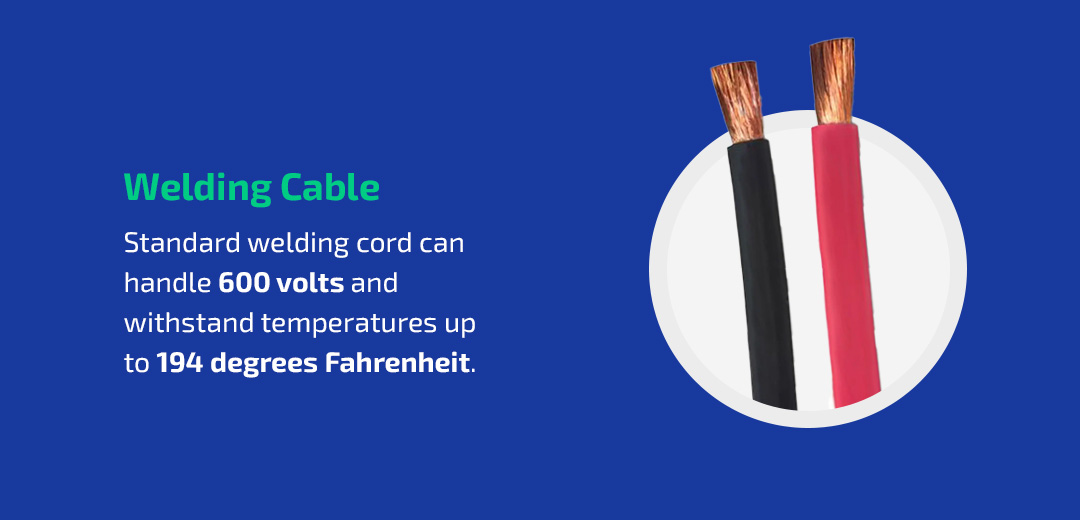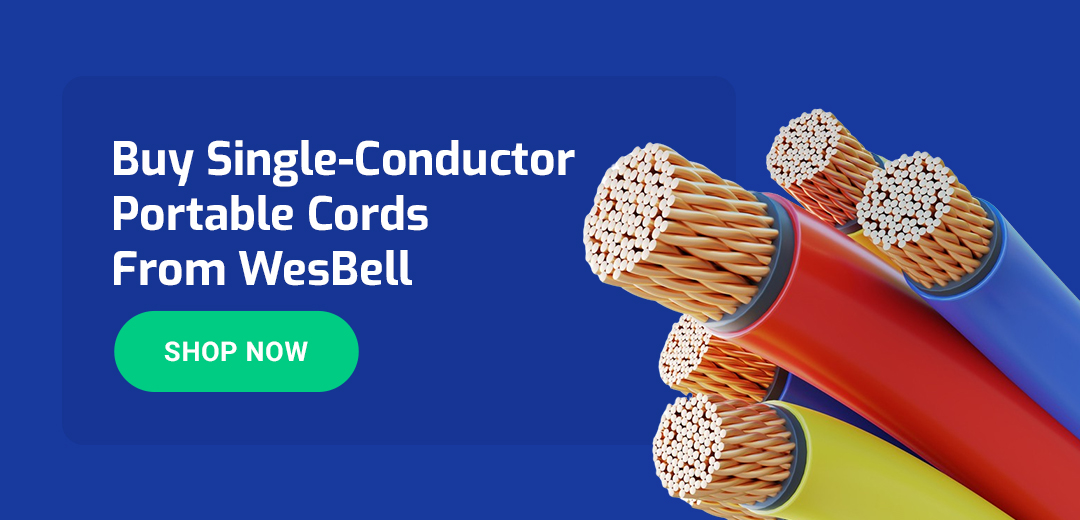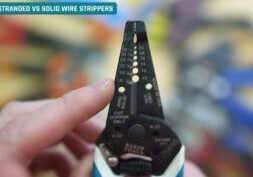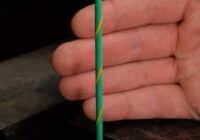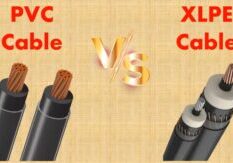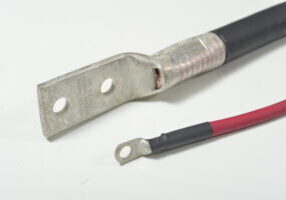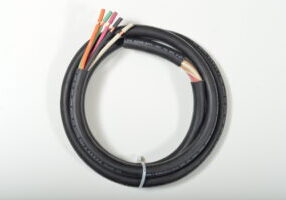
Jul 22, 2024
Single-Conductor Portable Cords Guide
Single-conductor portable cords power some of the most critical equipment and machinery in multiple industries. Businesses need reliable cabling to keep essential operations running, so you must understand the different types and applications and invest in high-quality cables.
This guide will cover the various types of single-conductor portable cords, their primary purpose and one of the most common applications — stage lighting.
What Is a Single-Conductor Portable Cord For?
A single-conductor portable cord is a cable containing only one thick conductor. These cables power equipment and carry electrical signals between devices in industrial and commercial settings. Single-conductor cables are also available in insulation jackets that suit specific environments such as construction sites, factories, theaters and workshops.
Types of Single-Conductor Portable Cords
You can choose from various single-conductor portable cord types.
- Diesel locomotive cable: DLO cable is a flexible and highly durable cable for diesel locomotives. It is also suitable for large earth-moving equipment and demanding outdoor environments such as shipyards and construction sites. DLO cable can supply up to 2,000 volts, handle temperatures up to 194 degrees Fahrenheit and resist flames, chemicals and ultraviolet rays.
- Type W cable: Type W cable offers up to 2,000 volts with heavy-duty dual insulation and polyester braid reinforcements that make it resistant to water, UV rays, chemicals, high pressure and high temperatures.
- Welding cable: Welding cable is a flexible, rubber-insulated cable with a rugged jacket used in industrial welding setups. It is highly resistant to abrasion and tensile stress. Standard welding cord can handle 600 volts and withstand temperatures up to 194 degrees Fahrenheit. For heavy-duty industrial welding, super welding cable is more suitable than standard welding cable — it offers oil resistance and is more flexible.
- Stage lighting cable: Stage light safety cable provides electrical connections for lighting and equipment used in the entertainment industry. It is similar to welding cable, but has additional approval from Underwriters Laboratories and the CSA Group. Stage lighting cables offer up to 600 volts, can withstand temperatures up to 221 degrees Fahrenheit and resist chemicals, water, flames and UV rays.
You can determine which portable cord is best for your application based on the power and endurance you need. If you need a cable that can withstand more impact, choose a thicker one with a more durable jacket.
What Is the Difference Between a Power Cable and a Portable Cord?
People often use the terms cable and cord interchangeably, but the two are slightly different in wiring. The appropriate choice depends on what you need to use it for.
A power cable is an electrical cable with a bundle of conductors covered in an insulation jacket. You can use it to power equipment or transmit signals between devices. People use power cables for more permanent applications, such as wiring within buildings or underground.
A portable cord differs from a power cable because it is better for temporary use. Most portable cords are flexible, so you can move them around easily. They also come with varying jackets depending on the environment you’ll use them in. Because they’re so sturdy and flexible, portable cords are excellent for temporary equipment setups.
What Is a Stage Lighting Cable?
Theaters, event venues, studios and nightclubs are all high-stress environments for cables. With all the foot traffic, high temperatures and potential spills, cables between equipment must be sturdy and reliable, so lights and sound equipment stay on no matter what. Stage lighting cables are the perfect solution for any entertainment industry environment.
Stage lighting power cables and portable cords are single-conductor cables with insulation that protects them from external threats like water, pressure, oil, acids, chemicals, sunlight and flames. Stage lighting cables can withstand temperatures up to 221 degrees Fahrenheit, which is more than most single-conductor cables.
Thanks to these characteristics, you can use stage lighting cables indoors and outdoors for portable theater lighting and more permanent setups. Outdoors, these cables will resist harsh sunlight, storms and moisture from grass. Indoors, stage lighting cables will withstand all the foot traffic backstage and the heat from nearby electrical devices.
Working With Stage Lighting
Stage lighting is essential to shows and performances. It magnifies emotions, sets the mood and engages the audience visually. However, you need skills and experience to get stage lighting right. Something as simple as mixing up wires can ruin the show and create a safety hazard.
Here are the steps you need to take for stage lighting installation.
- Use the correct wires and connectors: With so many cables, you must use the correct ones for the application. For example, large cables with higher voltages power devices, while thinner wires connect lights to control systems and stage lighting connectors attach equipment to the power supply.
- Connect the lights to dimmer controls: You can control the brightness for particular scenes with dimmer controls. You’ll need to incorporate the appropriate cables and connectors so these work as intended.
- Install lights above the stage: Sometimes, you’ll need to install lights above the stage and keep the cables off the floor. You can use rigging systems and stage light safety cables to get everything safely out of the way.
- Place cables correctly: Cable management ensures no interruptions to the flow of electricity, while reducing safety risks. You’ll need to keep the cables tidy without interrupting the power each light needs.
Buy Single-Conductor Portable Cords From WesBell
WesBell Electronics supplies various off-the-shelf single-conductor portable cords and custom cables to meet your wiring needs. We’ve created and provided high-quality cables for over 30 years. If you’re unsure what cable your application calls for, let us know so we can review your project requirements and work with you to determine which type you should get.
We also offer wire processing services such as twisting, stripping and assembling. Coupled with our ISO 9001/2015 certification, our products and services will help you save time and money. If you’re ready to start your cabling project, browse our range of single-conductor portable cords today. Contact us at 800-334-8400 or via our online form for questions or custom orders.

